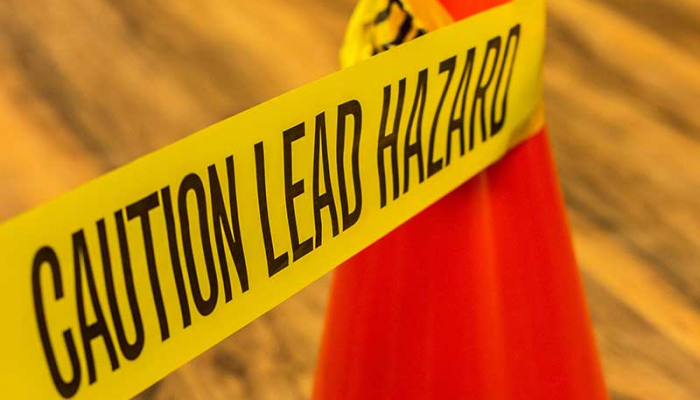Lead is an element that used to be used in many household and building materials. It used to be in the gas in our cars, in the paint on our walls, the pipes in our homes, and even in our children’s toys. As scientists have learned more about the dangers of lead, we’ve worked hard to get it out of our lives.
But it’s not all gone. Because it was used in so many ways, people are still exposed to it. The problem with lead is that when you ingest, or eat, it, you can be poisoned by it. Even eating very small amounts of lead can be dangerous. Research has shown that being exposed to lead by ingesting it can lead to:
- Speech and language problems.
- Developmental delays.
- Decreased bone and muscle growth.
- Poor muscle coordination.
- Damage to the nervous system, kidneys, and/or hearing.
- Seizures and unconsciousness (in cases of extremely high lead levels).
Virtually all children in Philadelphia who are found to have been exposed to lead are young children who have come into contact with lead paint dust. That means that old lead paint has cracked and peeled and the dust got on the floor or their toys or their play area. Young children will often put their hands in their mouths while playing and can eat the lead dust that way.
The City has put together a list of steps you can take to keep your home safe from lead.
A recent report on lead from the Health Department has shown that the rates of children in Philadelphia who were screened in Philadelphia and found to have an elevated blood lead level is lower than ever before.
In addition to taking steps to make your home safe, parents should get their children tested for lead at their age 1 and age 2 pediatrician appointments. The only way to know for sure if a child has been poisoned is to get the child tested for lead. If your child’s tests show that they have an elevated blood lead level, staff from the Health Department will reach out to connect you to services and resources.



